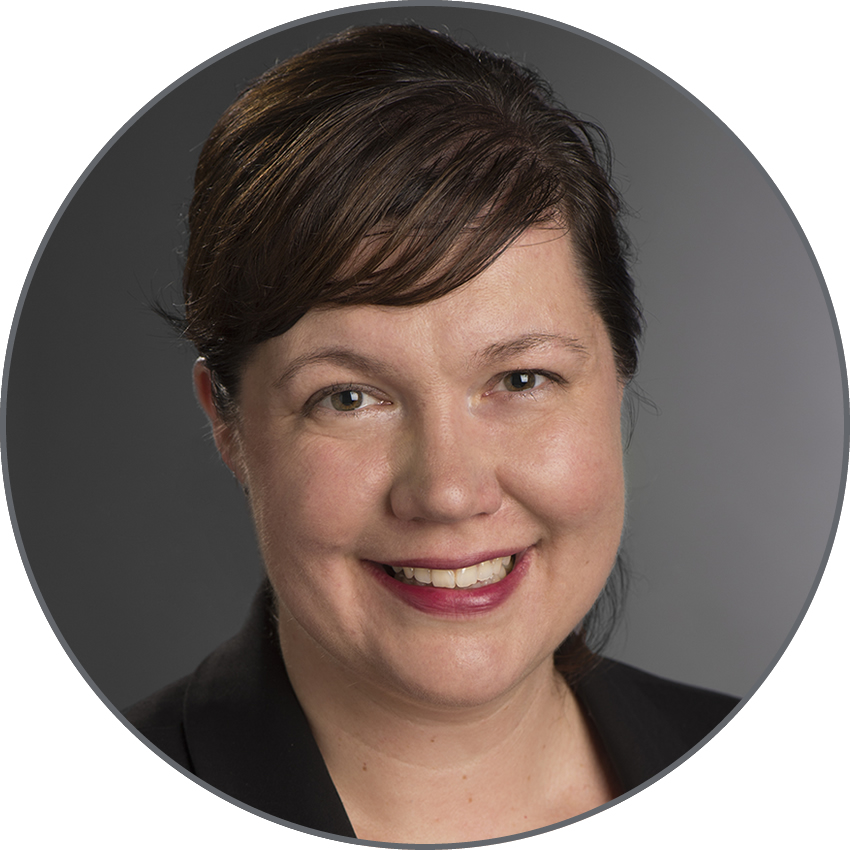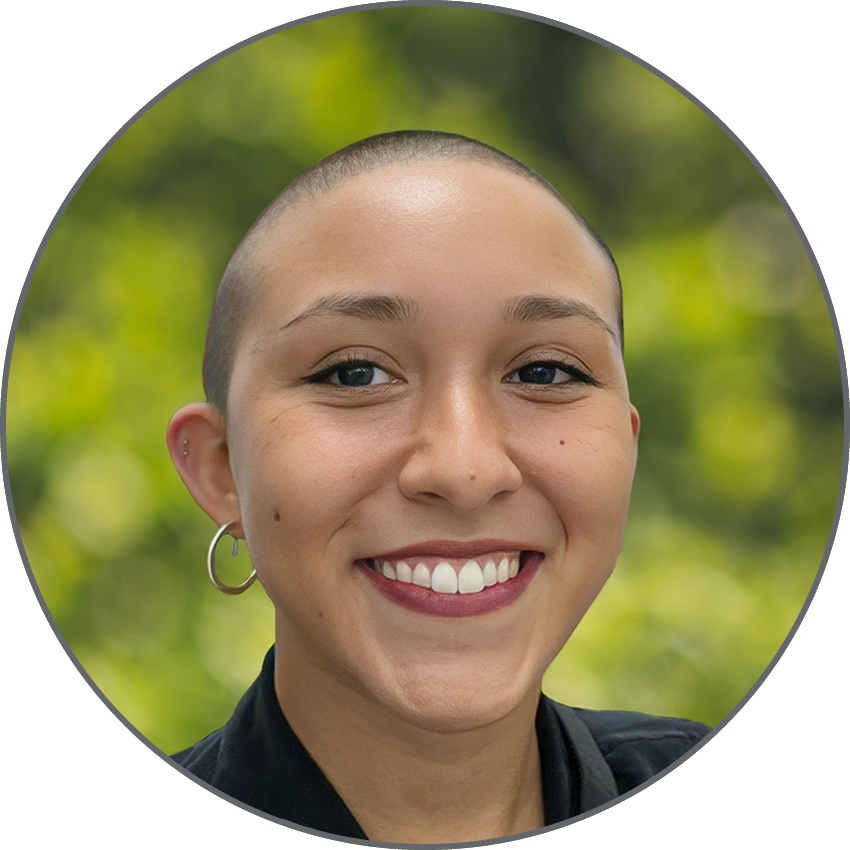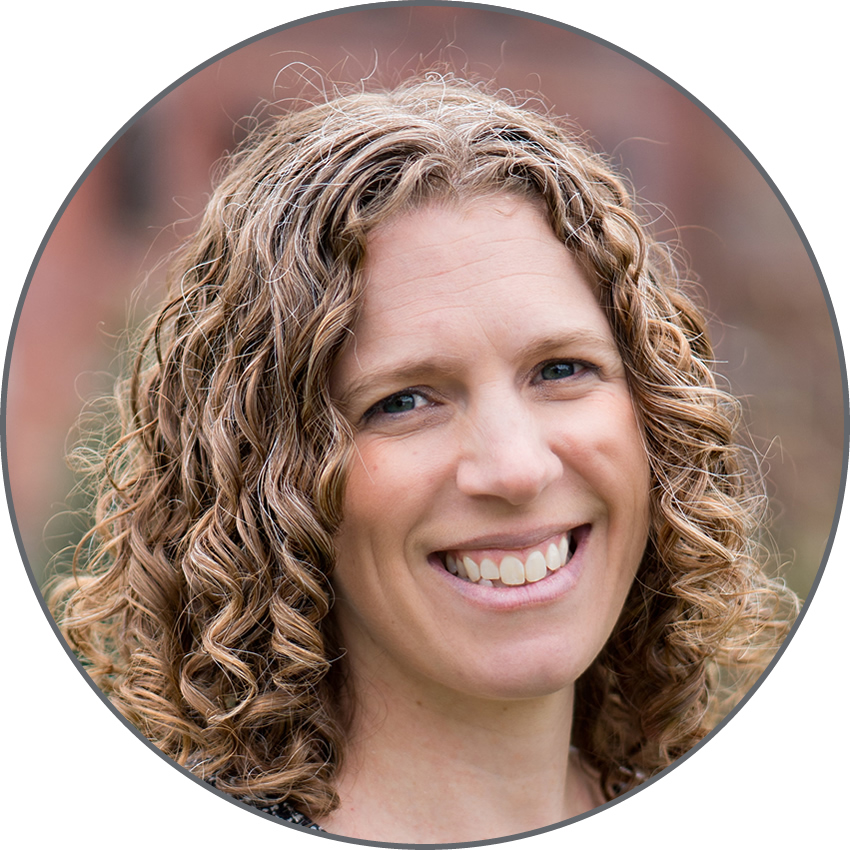Resolved
January 16, 2024 | By Ranner Faugas
Building Spaces for Black and Latino Young Men
“Why are we here?“
That’s the question I was immediately confronted with as I walked into the first Resolved session at the Community Academy of Science and Health. I suspect that the students’ question was literal, as they had recently been chosen to be part of this group and were supplied with nothing but a brief explanation by their school’s guidance counselor. This was a moment of pause for me because I didn’t just take this question literally—it made me reflect on the fundamental nature of this program.
We have a two-page program description that we provide to schools during our outreach efforts. We also have our curriculum, which outlines the different units plus the skills and knowledge we hope students will acquire by the end of the program. I made quick work of the students’ questions by referring to the documents, and gave my best pitch as to why I thought they should stay in the program. Maybe I convinced some, though I’m sure many were indifferent, but I was certain that I did not answer the question for myself. What were we doing there, really?
What started out as a small group of three young men from the Higginson-Lewis school, meeting every Wednesday over Zoom, has evolved into a program of 40 young men from three different schools and convening every week. As per the program structure, a cohort of 10-15 young men meet twice a week for an hour-long discussion or activity led by two male instructors of color.
The first unit of the curriculum focuses on storytelling. By the end of the unit, all Resolved scholars are expected to be able to “tell a story of self that is inspirational, asset-based, and coherent” and to “listen to the stories of others and provide meaningful feedback.” Students then choose a topic of interest to explore as a collective, after surveying their communities to identify the skills and assets present there. This step is crucial in equipping the scholars with the tools and confidence to address the difficult problems they wish to fix.
The final project culminates in the presentation of an issue and the solutions students believe are best suited to tackle it. Though this is their task, our hope is that these young men will be transformed by Resolved; that they realize that what they learn in this space—the process of evaluating problems and exploring solutions—is not just an academic exercise; it is the work of life. When talking about potential solutions to the issues affecting their communities, we want them to recognize the role they play in being part of the solution and that it can start with them.
So, what are we doing here? We are engaged in youth development. We understand that this program alone will not solve all the challenges these young men face and will continue to face in their lives, but we are clear-eyed about the difference we can make. We can leverage this community to support one another, engage in difficult conversations, collaborate, and educate each other. As one of the scholars once responded when asked why he was there, we are there to “build character.” I think he was onto something.













